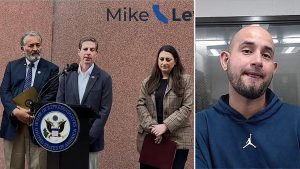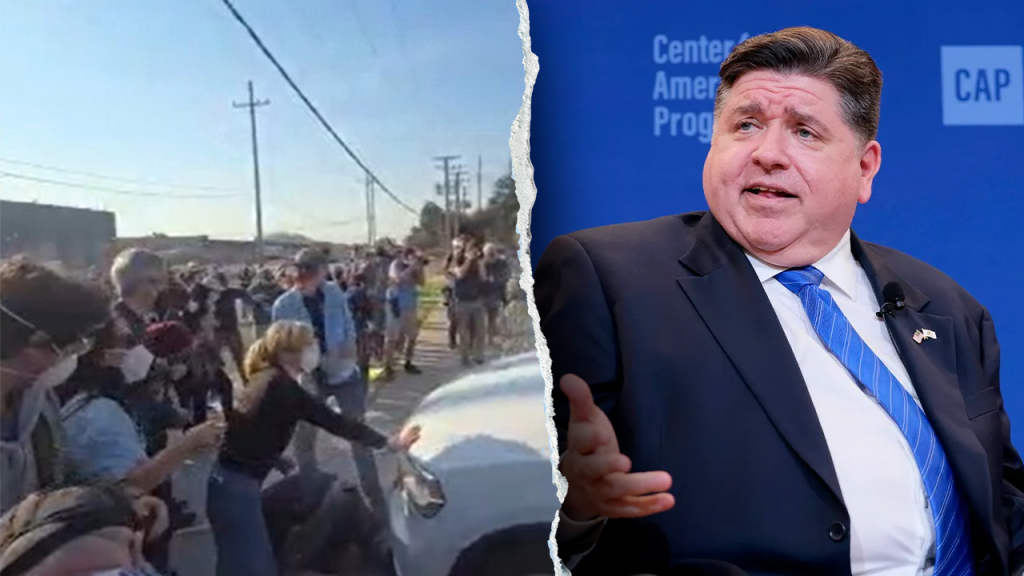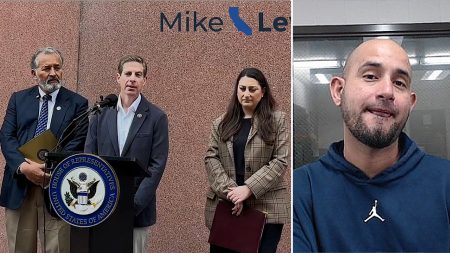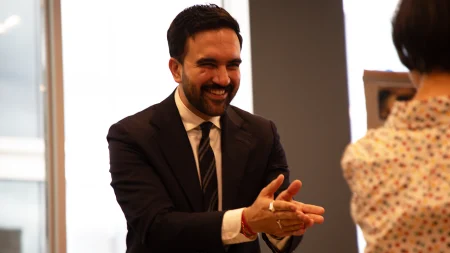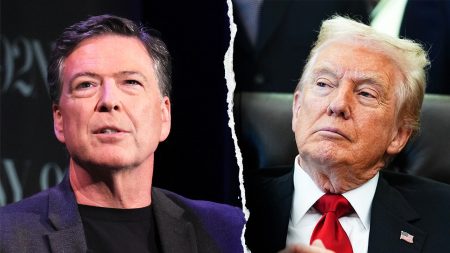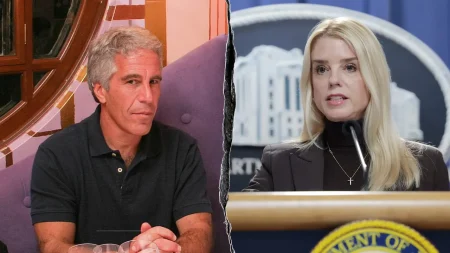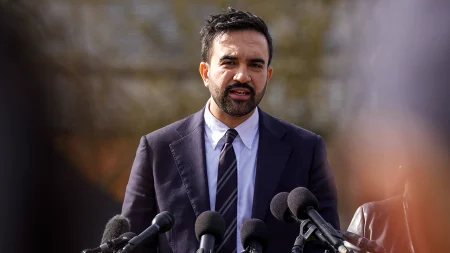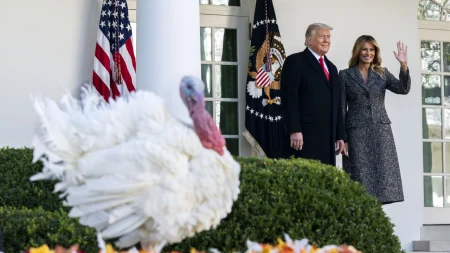The Growing Tensions Between Federal Immigration Enforcement and Local Authorities in Illinois
In a recent escalation of tensions between federal and state authorities, the Department of Homeland Security (DHS) has publicly criticized Illinois Governor J.B. Pritzker’s administration for allegedly failing to provide assistance during an anti-ICE protest that turned chaotic in Broadview, a Chicago suburb. The confrontation highlights the increasingly complex relationship between federal immigration enforcement efforts and state-level sanctuary policies that limit cooperation with federal immigration authorities. According to DHS, local police “under JB Pritzker’s sanctuary jurisdiction refused to answer multiple calls for assistance” during the protest, which forced federal authorities to deploy tear gas and other non-lethal measures to control the situation. The incident has sparked a heated exchange of accusations between federal officials and the governor’s office, with each side presenting starkly different narratives about what transpired and who bears responsibility for the breakdown in coordination.
The protest in question involved demonstrators blocking ICE vehicles from entering and exiting a processing facility in Broadview, Illinois. DHS characterized these protesters as “rioters” and claimed they engaged in destructive and violent behavior, including throwing tear gas cans, rocks, bottles, and fireworks at federal officers. According to the department, protesters also slashed vehicle tires, blocked building entrances, trespassed on private property, and physically assaulted law enforcement officials. Federal authorities have reportedly arrested sixteen individuals involved in the disturbance. The governor’s office, however, has pushed back strongly against DHS’s characterization of events, with spokesperson Matt Hill stating it is “completely false to suggest the state or local municipalities have been obstructing federal officials.” Hill further claimed that “the state has not received multiple calls for assistance from the federal government” and emphasized the importance of proper coordination between federal and local law enforcement agencies to ensure public safety.
At the heart of this controversy is the ongoing tension between federal immigration enforcement priorities and local sanctuary policies. Governor Pritzker has previously established Illinois as a sanctuary state, limiting cooperation between local law enforcement and federal immigration authorities. His spokesperson emphasized that while “Governor Pritzker has been clear that violence is unacceptable and everyone needs to follow the law,” this also includes “federal agents respecting constitutional rights to peaceful protest.” The statement from Hill also took aim at the credibility of federal authorities under the current administration, urging media outlets to “use extreme caution before reporting what the Trump administration is saying given their record of lies, lack of transparency, and failure to coordinate with the state and local law enforcement.” This pointed language reflects the deep political divisions that often characterize immigration enforcement debates across the country.
DHS has framed the disrupted operation as targeting particularly dangerous individuals, describing them as “some of the worst of the worst—including criminals convicted of drug trafficking, domestic abuse, drinking and driving, and assault.” To support this characterization, the agency detailed specific cases of criminal immigrants who were being processed at the facility during the protest. These included individuals with convictions for felony DUI, domestic violence, drug trafficking (including fentanyl distribution), trespassing, and assault. By highlighting these cases, DHS Assistant Secretary Tricia McLaughlin sought to portray the protesters as effectively “fighting to keep rapists, murderers, and other violent criminals loose on Illinois streets,” rather than advocating for humane immigration policies. McLaughlin added that ICE officers deserve gratitude for making “our communities safer” through their daily work.
The confrontation in Broadview appears to be part of a broader pattern of increasing hostility toward immigration enforcement activities in certain regions. According to DHS, ICE officials in Illinois have experienced a dramatic 1,000 percent increase in assaults while conducting operations throughout the state. This statistic, if accurate, points to a significant deterioration in the relationship between federal immigration authorities and local communities in areas with sanctuary policies. The incident also occurs against the backdrop of intensifying national debates about immigration enforcement priorities, particularly as the presidential election approaches. Both major political parties have taken increasingly divergent positions on immigration policy, with Republicans generally favoring stricter enforcement and Democrats often supporting more protective policies for immigrant communities.
This incident encapsulates the multifaceted challenges facing both immigration enforcement and immigrant rights advocates in today’s polarized political environment. While federal authorities emphasize their mandate to apprehend and remove individuals who pose public safety threats, immigrant rights groups and supportive local officials often contend that aggressive enforcement tactics undermine community trust and can lead to civil rights violations. The differing accounts of what transpired in Broadview – and who bears responsibility for the breakdown in coordination – reflect these competing perspectives. As similar conflicts continue to emerge across the country, finding common ground between federal enforcement priorities and local concerns about community trust and civil liberties remains an elusive goal. The escalating rhetoric from both sides suggests that immigration enforcement will likely remain a contentious and divisive issue in American politics for the foreseeable future, with incidents like the one in Broadview serving as flashpoints in this ongoing national conversation.


